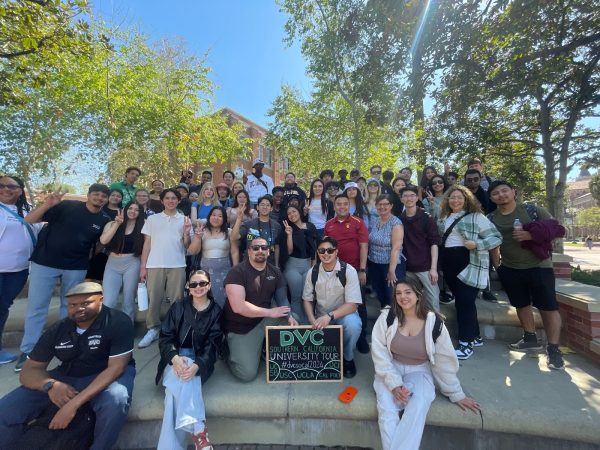The simple truth about the wage gap
April 11, 2016
Job choice, career paths and education are factors that play into the gender wage gap and is one of the biggest barriers to economic justice for women. The wage gap is closing at a very small rate and women can expect to reach pay parity in 44 years or until 2059.
April 12 is known as Equal Pay Day, a symbolic day where women work 60 extra days to earn what men did by the end of the previous year. The Equal Pay Act was passed in 1963, which makes gender-based pay discrimination illegal, but women still make less than men. Women who work full year round made 78 percent of what men made in 2014.
“Growing up, women are taught to be quiet and nice. The social norms between genders teach girls to follow the man and when a woman shows the traits of power, she’s perceived as impolite and bossy,” said Elena Noble, Field manager at American Association of University Women and Wage Project.
Post college is a prime time for women and men to make similar earnings, but women make less than men in their first year after graduation. The wage gap follows women even when they invest the same time in their education and earn the same degrees as their male counterparts for the same job.
“People like to think that women have less experience and work fewer hours than male counterparts, because of motherhood, and seek jobs that are flexible with worse pay. Are people really penalizing women economically for being caretakers?” said Noble.
There’s a bias against mothers in the workplace and many are unwilling to be put into a stereotype. When new mothers come back from maternity leave, male colleagues label them as unreliable and tend to overlook their productivity.
The lack of policies in the U.S. that guarantee paid maternity leave and childcare explain why some women have no choice but to exit the workforce and find another career.
“Stereotypes are harmful in everyday life and can create problems with productivity in the workplace. There’s a limited outlook on a women’s ability to thrive in the workplace and in leadership positions,” said Noble.
While white women are affected by wage gaps, women of color suffer the most. African American women make 64 cents and Hispanic women make 57 cents to the white man. In 2014, Info Please reported that women of color had lower median annual earnings compared to white men and women.
According to American Progress in 2014, 29 percent of African-American and 28 percent of Hispanic women had no choice, but to work part-time because they were unable to find full-time jobs, compared to the 16 percent of white women. There may be a difference in education, but that doesn’t fully explain the huge gap between white women and women of color.
“It’s known that women of color tend to be paid less than their white female co-workers even with the same educational background,” said Noble.
Even with the Equal Pay Act of 1963, there is still discrimination in the workplace. Women with the same jobs, same education, and same skill level as their male counterparts still make less money.
In a time where equality is the resounding message, women shouldn’t have to wait until 2059 to get rid of this wage gap.














































































